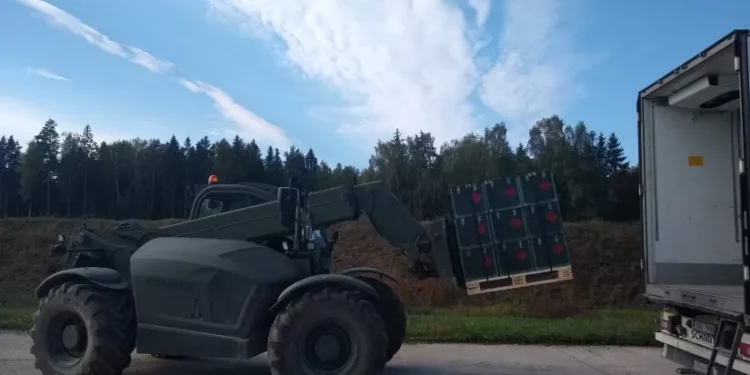
The Lithuanian Armed Forces has received its first batch of an autonomous anti-tank mine capable of distinguishing between enemy and friendly forces.
The next-generation Sentry mine was purchased from Finnish firm Forcit Defence for 5.9 million euros ($6.51 million) as part of a countermobility effort against a potential Russian invasion.
The “smart” mine creates anti-access and area denial zones for the invading armies, while allowing friendly forces to pass.
It combines “advanced encrypted mesh connectivity and fierce target penetration capacity” and is “designed to retain mobility of friendly forces by deactivating remotely temporarily or fully if required,” the Lithuanian Ministry of Defence stated in a press release.
“The equipment recognizes and identifies hostile targets, autonomously sets detonation time thus causing maximum damage to hostile equipment.”
Countermobility Effort
The three Baltic nations Estonia, Latvia, and Lithuania are bolstering their border defenses against their neighbors Russia and Belarus in response to the Ukraine war.
Initially proposed as the Baltic Defence Line, the counter-mobility reinforcements include concrete hedgehogs, “dragon’s teeth,” and “Spanish horses.”
As part of the effort, Lithuania has begun setting up counter-mobility parks on the eastern border with Belarus and the southwestern border with Russia’s Kaliningrad exclave, featuring anti-tank obstacles, roadblocks, and “dragon’s teeth.”
Additionally, bridges and roads have been identified for the placement of mines.
The initial expected cost of the effort is around 17.5 million euros ($19.3 million) and an estimated 600 million euros ($660 million) over the next decade.










